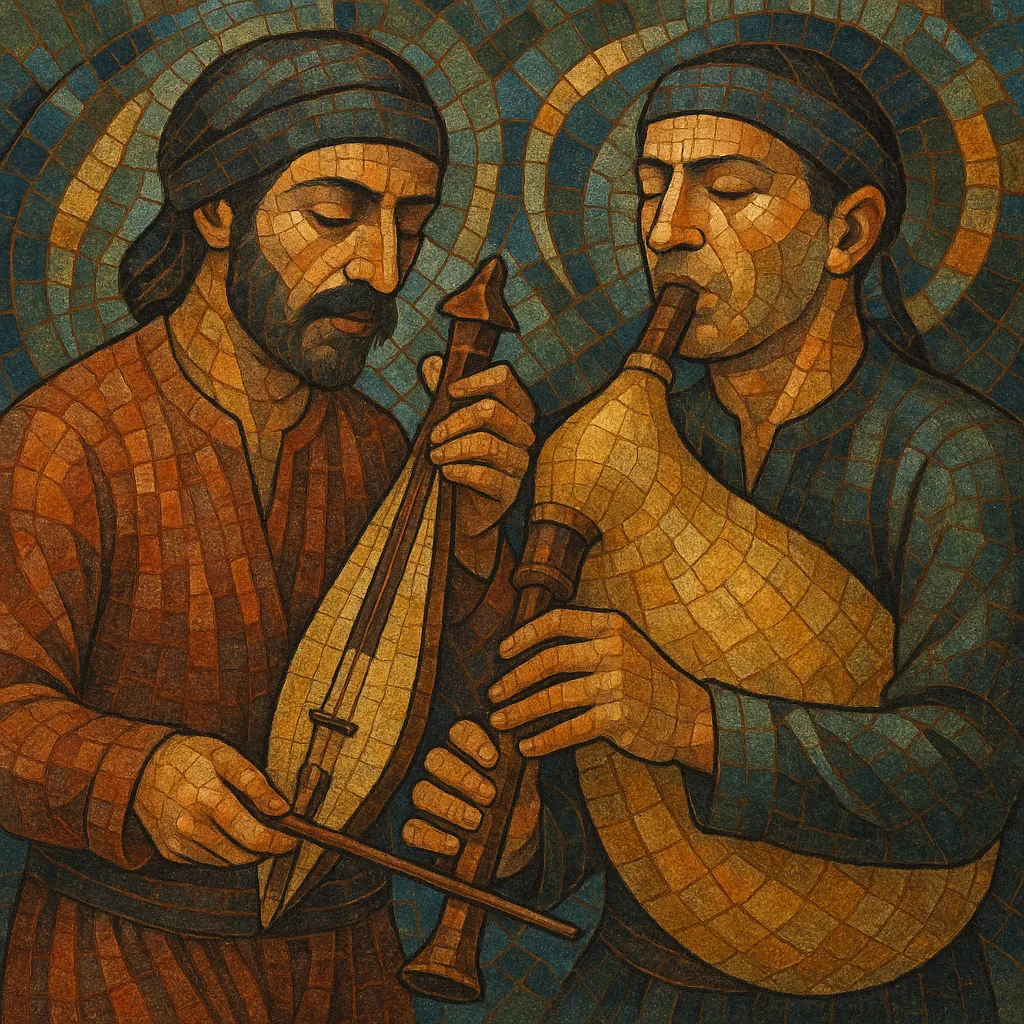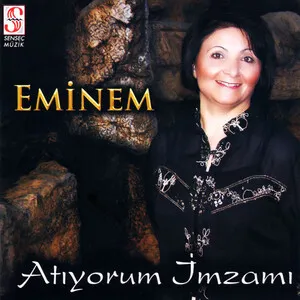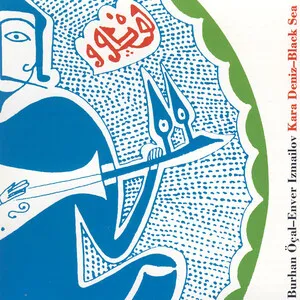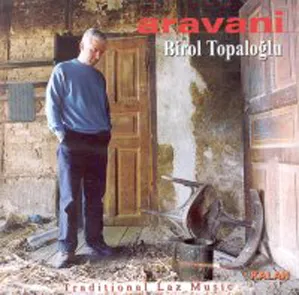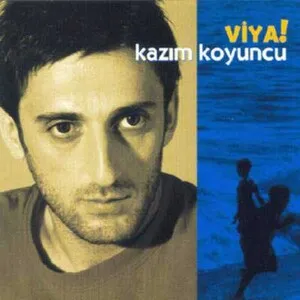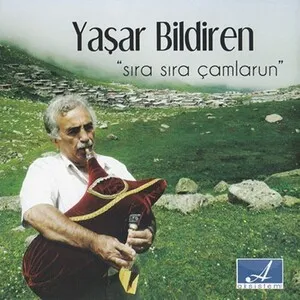Turkish Black Sea Region folk music (Karadeniz türküsü) is the lively, dance‑centered folk tradition of Turkey’s eastern and central Black Sea coast.
Its hallmark sound features the high‑pitched, agile Karadeniz kemençe (a small bowed fiddle) and the droning tulum (Black Sea bagpipe), often driven by tight, breathless rhythms for the horon dance. Vocals tend toward bright, nasal timbres and quick melismatic turns, with texts in Turkish as well as local minority languages such as Lazuri and Hemşince.
Melodically, tunes often follow modal (makam‑influenced) contours and narrow ranges, while rhythmically they favor asymmetrical meters—especially rapid 7/16 (2+2+3) and related subdivisions—producing an urgent, propulsive feel that invites communal dancing.
The Black Sea coast of Anatolia has long been a meeting point of Turkic, Pontic Greek, Laz, Hemşin (Armenian‑origin), and Caucasian communities. Out of this contact emerged a shared dance‑song culture marked by the horon, rapid call‑and‑response singing, and iconic instruments like the Karadeniz kemençe and the tulum. While the tradition is older, much of its modern, regionally distinct profile was documented and consolidated in the 19th century.
Under the late Ottoman cultural sphere, modal thinking (makam) and regional devotional/folk practices shaped melodic habits. Pontic Greek music and Byzantine chant aesthetics contributed to vocal style and modality, while Caucasian influences colored rhythm and dance steps. The 1923 population exchange transformed the demographic fabric, yet musical vocabularies on both sides of the Black Sea retained shared horon rhythms and kemençe techniques.
From the 1950s–70s, field collectors and Turkish Radio and Television (TRT) archives helped canonize regional repertories, standardizing tune names and dance variants (e.g., Sallama, Sıksara). Amplified performance settings brought the kemençe and tulum into urban stages while preserving their central role for village and coastal celebrations.
From the 1990s onward, artists popularized Black Sea songs nationwide, sometimes blending them with rock, pop, and jazz arrangements. The kemençe’s virtuosic bowing and the tulum’s continuous drone adapted well to modern ensembles, while lyrics continued to reference seafaring life, tea harvesting, migration, and bittersweet love. Today, Karadeniz music thrives both in community dance contexts and on major stages, influencing Turkish popular music and world‑fusion projects.

